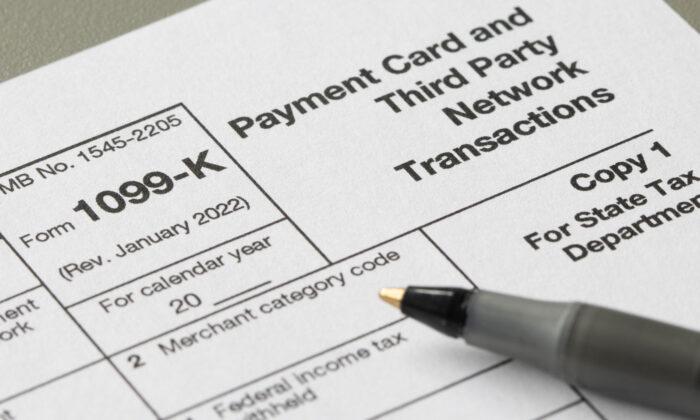With the 2022 mortgage rate peaking at 7.12 percent and inflation at 6.5 percent by the end of December 2022, it was a tumultuous economic year.
Inflation Contributes to Mortgage Rates
The Federal Reserve sets a target interest rate assessed on the bank-to-bank level. This is the rate banks charge each other for loans or borrowed money. This charge is passed on to the consumer.Mortgage rates ended up having a record-breaking 2022. Mortgage rates rose by a higher margin than any other year on record.
10-Year Treasury Securities Yield Indicates Mortgage Rates
There’s a correlation between 10-year Treasury securities and mortgage rates. It’s called the “spread.” That’s the gap between the 10-year Treasury yield and the 30-year mortgage rates.The spread in normal times should be between 1.5 percent and 2 percent. For example, if the 10-year Treasury yield is 2 percent, the mortgage rate is 4 percent. So, the 10-year Treasury yield indicates the mortgage rate.
Looming Debt Ceiling Limit Can Push Mortgage Rates Up
The debt ceiling hit its limit on Jan. 19, 2023. This forced the U.S. Treasury to extend it to June 5. The U.S. government can only authorize borrowing up to the amount of the ceiling debt limit unless Congress raises it.Slower Economy Brings Mortgage Rates Down
A slower economy brings mortgage rates down. But at what cost?The World Bank predicts a worldwide recession in 2023, noting that global growth has perilously slowed down. They attribute this to monetary policies from central banks worldwide. By trying to tame inflation, countries have worsened the global financial condition. This has brought down economic activity, such as loaning money.
It anticipates a U.S. growth rate of 0.5 percent, down from an earlier projection of 2.4 percent.
This will decrease interest rates since loan demands will decrease, and investors will seek other safer avenues.
Mixed Messages Regarding Future Mortgage Rates
Fannie Mae anticipates a flat 6 percent year-end 30-year fixed mortgage rate. In contrast, Freddie Mac is looking to an annualized rate of 6.4 percent in 2023.Inflation Decrease in January 2023
The theory behind stabilizing mortgage interest rates is that inflation has peaked and will be on the downturn. The inflation rate fell 0.7 points to 5.3 percent in January 2023. Whether it continues to decrease is the question.Will Home Prices Collapse?
Whether home prices collapse depends on whether the Federal Reserve can maneuver a soft landing with inflation. Home prices could hold their own as long as there isn’t a recession.For example, mortgage rates rose rapidly in the late 1970s and early 1980s. And although home price appreciation slowed down, growth remained positive. But once the recession hit, home prices fell.
30-Year Mortgages May Remain High
Unless there’s a slowdown in the economy, there may be little change in mortgage rates. If a recession does happen, as the World Bank predicted, mortgage rates will fall. But whether credit loosens up is another factor.Keep an eye on the 10-year Treasury securities. They will indicate when a change in rates is coming.






